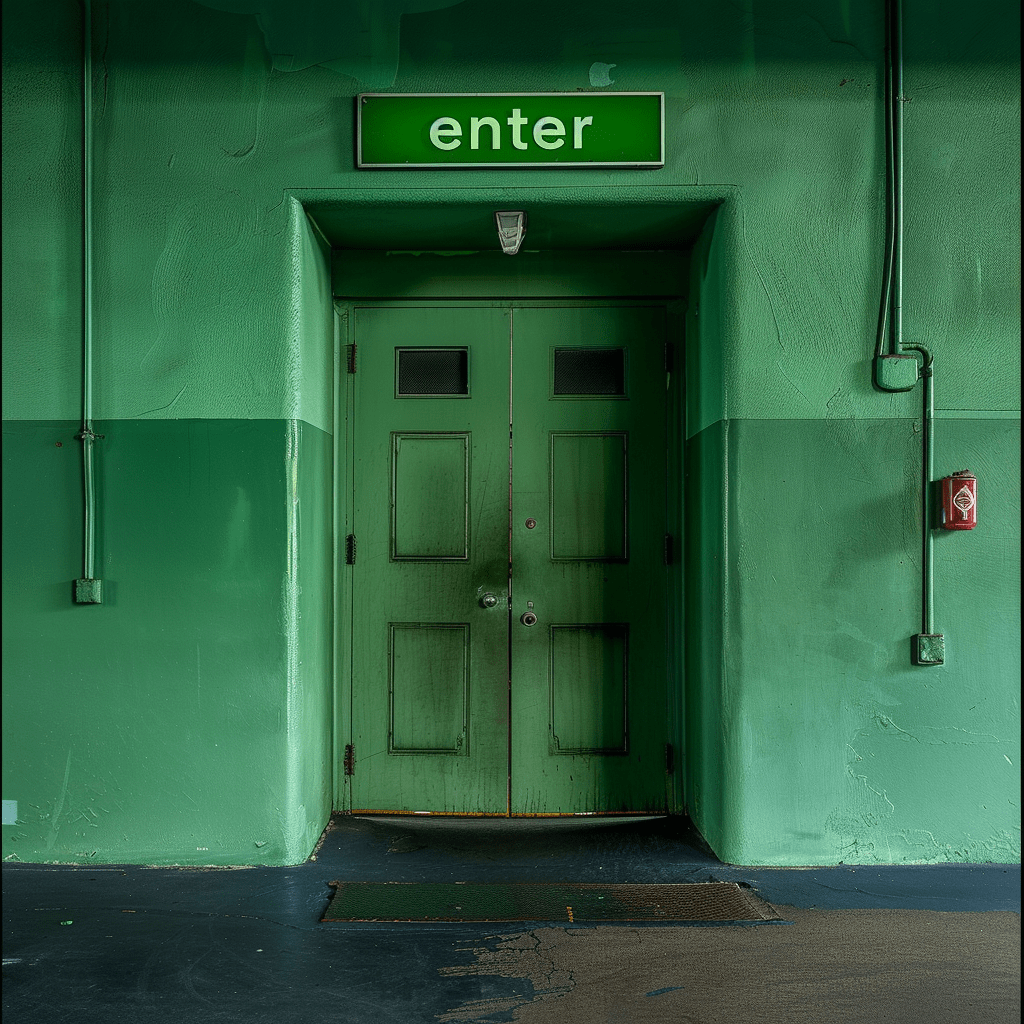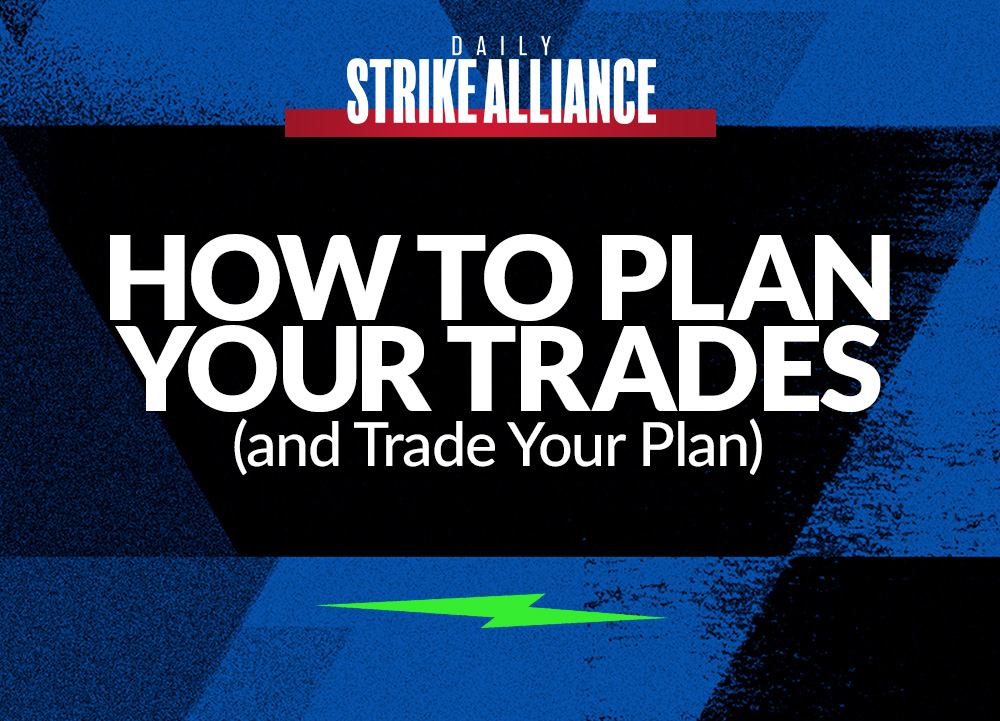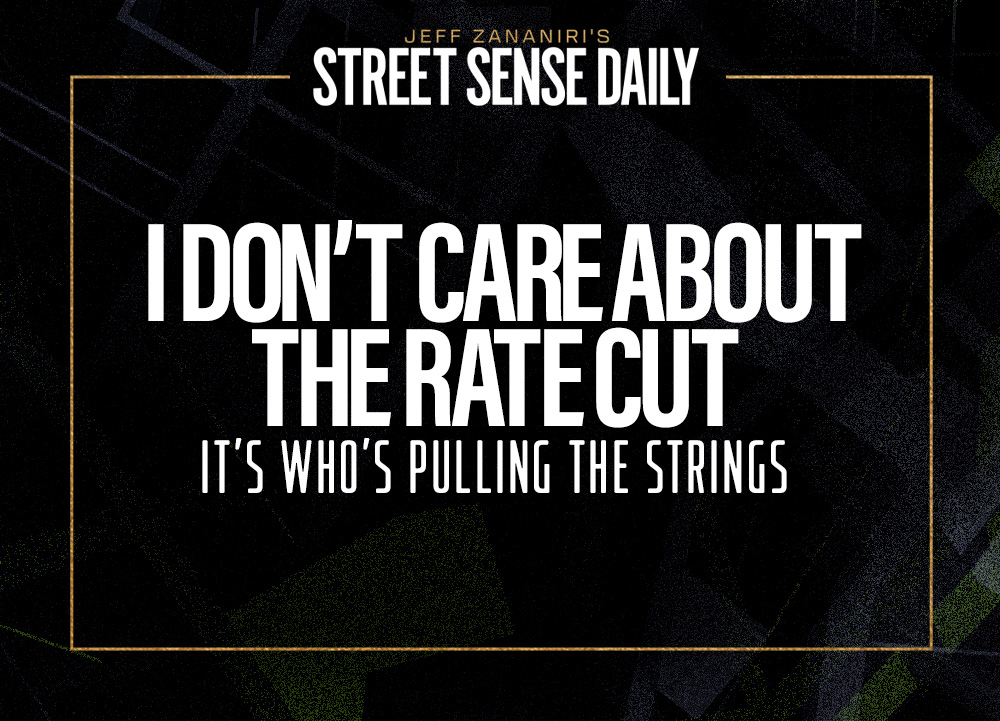Good morning, traders…
Jeff here.
You need to hear this…
How you plan your trades can make (or break) your career in the stock market.
On the one hand: Inexperienced newbies often enter positions blindly, without truly considering how they will react to any possible scenario the market throws at them…

On the other hand: Seasoned professional traders never enter a position until they know exactly how to enter, exit, and profit.
Take it from me. I’ve been trading for 25 years, over half of my life. I’ve seen it all…
Had I entered a big position with no game plan while I was working on Wall Street, I would’ve been fired on the spot.
However, you don’t have that oversight. It’s all on you.
As an independent retail trader, no one can fire you for failing to form a game plan…
But if you don’t do this, you will probably blow your account up and lose money.
So, let’s make sure that doesn’t happen…
Today, I’ll show you how to plan your trades (and trade your plan)…
How to Form an Airtight Game Plan
I create a game plan for every trade I execute ahead of time.
First, I note where I expect the stock to go and where I’ll sell if I’m wrong.
You must determine your price target and risk level before entering any positions.
If you don’t, you’ll be unsure about where you entered (and unsure when to exit).
REMEMBER: You can always get back into a trade if you’re wrong the first time. But if you let a bad play get out of control, it could be disastrous for your account.
Luckily, there’s a simple way to prevent this — form a solid entry and exit plan before you make any trades.
Entry Plans
You should never buy contracts without carefully considering your entry point…

I see many inexperienced traders make this mistake and pay for it dearly.
They’ll get trigger-happy and buy contracts immediately, then realize they could’ve purchased at a lower price (had they just been a bit more patient).
This is why I always send detailed alerts before all of my Burn Notice trades. I want you to understand exactly what I’m thinking as I enter my positions.
And speaking of Burn Notices…
Every week, I share the trades I find inside my flagship research trading service — the Burn Notice Alliance.
Here’s what you’ll get by signing up:
- 🔔 4 new trade alerts every week (over 200 opportunities per year)
- 👨🏫 Stock tickers and complete instructions for your options trade
- ⭐ My proprietary ranking system for position sizing
- 📖 Full trade analysis and follow-up game plan
But you can’t see ANY OF THIS if you don’t join NOW!
What are you waiting for? — CLICK HERE NOW TO JOIN THE ‘BURN NOTICE ALLIANCE’!
Now that you’re signed up, here are some important factors to take into account when entering options trades:
- If you’re thinking about buying puts, consider whether there’s a major support level near the current share price. If there is, you may want to wait to see the stock lose that level before buying puts.
- The inverse is true if you’re buying calls. Check to see if there’s a level of strong overhead resistance to worry about, and if so, consider waiting for the chart to crack that level before buying calls.
- Watch the price of contracts throughout the day, noting their high and low points. This will give you an accurate gauge of the range the premiums are trading within. That way, you don’t have to guess what a good fill is … you’ll know you’re buying near the low of the day.
Exit Plans
How you exit trades is arguably even more important than how you enter them…

After all, exits are where you make (or break) the bank.
With that in mind, here’s how to design an appropriate exit plan:
- Always have a price target where you plan to exit. I like to have a target for the share price as well as for the options premium. For example, I’ll write in my trading journal “I’m aiming for Stock XYZ to hit $95, or to hold the contracts I’m trading from $1.20 to $2.50ish.”
- If you’re worried about your timing, or being able to pay attention to the market for the entire trading day, don’t hesitate to set a limit sell order and/or a trailing stop loss. You can do this as soon as you put the trade on. That way, you ensure your contracts get sold when you hit your price target — or get stopped out at an appropriate risk level.
- If you’re up 100% on an options trade, you should probably just sell the entire position. But in those rare setups when you see more upside on the chart, you can sell half of your position. From there, you’re ‘playing with house money,’ so to speak. This can make the second half of the trade — and your ultimate exit — much less stressful.
4 More Factors to Include in Your Game Plan
Risk Tolerance
This varies from trader to trader and determines how much of your total capital you should risk in a single trade. A common rule is not to risk more than 1-2% of your total trading capital on a single trade (although that % might need to be larger if you’re trading a small account).
Position Sizing
Once you know your risk tolerance, calculate the position size. For example, if your total trading capital is $50,000 and your risk tolerance is 2%, you shouldn’t risk more than $1,000 on a single trade.
Time Decay
Options lose value as they approach their expiration date, known as time decay. Use your brokerage software to calculate the expected value of your contracts at different prices and time periods. Be aware of how time decay will affect the value of your options.
Prepare by building a prospective timeline for your trade:
- How long do you plan on holding the position?
- How does the expiration date line up with your timeline?
- Will you exit at a certain point in time, if you haven’t yet reached your price target?
Look, I understand how hard it is to identify, plan for, and execute winning trades.
After all, that’s exactly why I created the Burn Notice Alliance — I want to help you take the guessing games out of entries and exits
But for any non-Burn Notice setups you might be looking into, follow the steps I’ve outlined today before smashing the “buy” button.
Happy trading,
Jeff Zananiri



